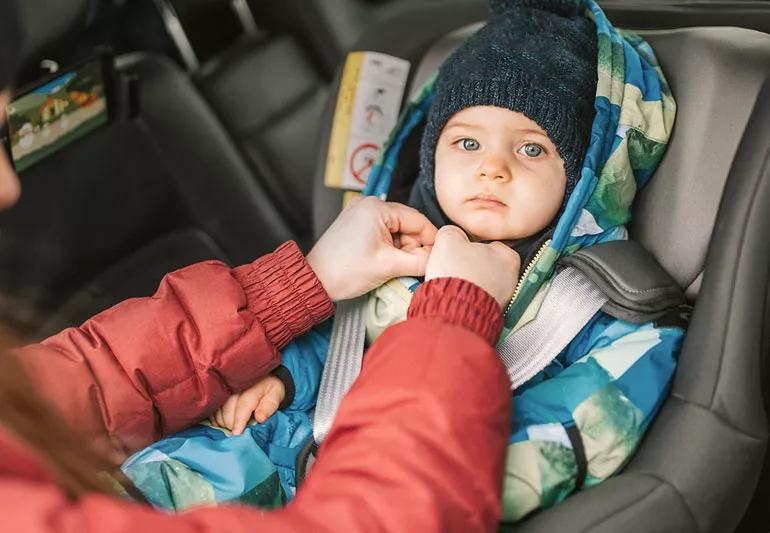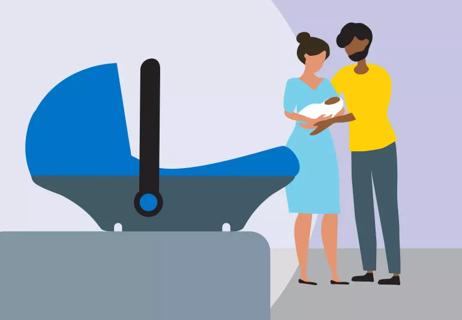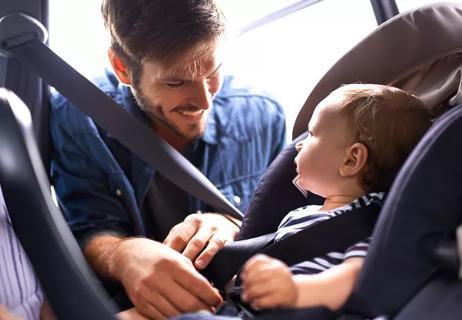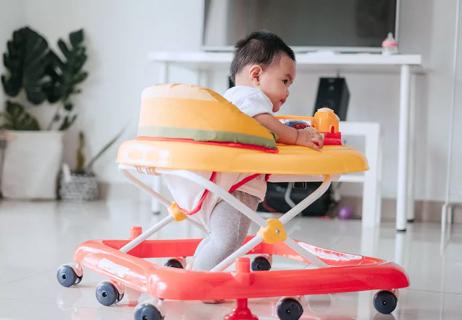How to keep your little one warm and safe in the car

In the middle of winter with cold temperatures and blustery winds, it’s important to keep your little ones all bundled up. But that warm coat can actually get in the way of protecting your children in a car crash.
Advertisement
Cleveland Clinic is a non-profit academic medical center. Advertising on our site helps support our mission. We do not endorse non-Cleveland Clinic products or services. Policy
Children shouldn’t wear bulky winter coats underneath their car seat harness. The bulky coats we wear in winter — especially down-filled puffer coats — can make the child car seat’s safety harness ineffective, and unsafe in a crash.
The thing that makes puffer coats warm — that they trap air with lots of loose feathers and down — is the exact same thing that makes them dangerous in the car seat, according to pediatrician Kimberly Giuliano, MD.
When a vehicle accident is extreme, the violent force that’s created by the impact compresses the bulky coat layers and can throw a child forward against the straps. Even if the child remains in the seat they risk injury to their chest, head and neck.
“Those big bulky coats cause too much separation between the belt and the child,” Dr. Giuliano says. “In a crash, the child is at risk for slipping out from under the straps.”
Even in less intense crashes, a bulky winter coat allows too much movement in that space, which can result in head and chest injuries, Dr. Giuliano says.
Dr. Giuliano recommends that you remove your child’s winter coat once you’re inside the car.
After you strap them in snugly, cover smaller children with a blanket or put the coat on them backwards with their arms through the armholes. Loose blankets are not recommended for young infants under 1 year of age who may not be able to get the blanket off their face.
Advertisement
“The child may fit in the car seat with their coat on and the buckle closed, but it doesn’t mean that the buckle is holding them tightly in the seat,” Dr. Giuliano says.
“The key is that the seatbelt needs to be tight against the baby and not be separated from the baby by layers of cloth or down,” she says.
To test if their coat is too thick for a car seat, try these steps:
“It’s very important that the harness is tight enough so you can’t pinch the webbing between your thumb and forefinger,” Dr. Giuliano says. “Any extra slack in the harness can be very dangerous.”
Advertisement
Learn more about our editorial process.
Advertisement

Use these precautions to guard against tragedy

Bath toys with little holes in the bottom are more likely to retain moisture and start to mold

Babies born preterm may need special precautions to ride safely in a car

Keep your child rear-facing as long and possible, and ensure proper fit and installation

Get the answer along with tips for safe installation

Thousands of head and neck injuries occur every year

How to know when your child’s ready to face front, switch to a booster seat and more

How to avoid high chair accidents

Babies can get congested easily, but you can calm their cough by keeping them hydrated, using nasal drops and running a humidifier

Weight loss may cause loose, sagging skin and muscle loss to your rear

Several conditions, like vitiligo and fungal infection, can cause a loss of pigmentation, leading to white spots or patches on your skin